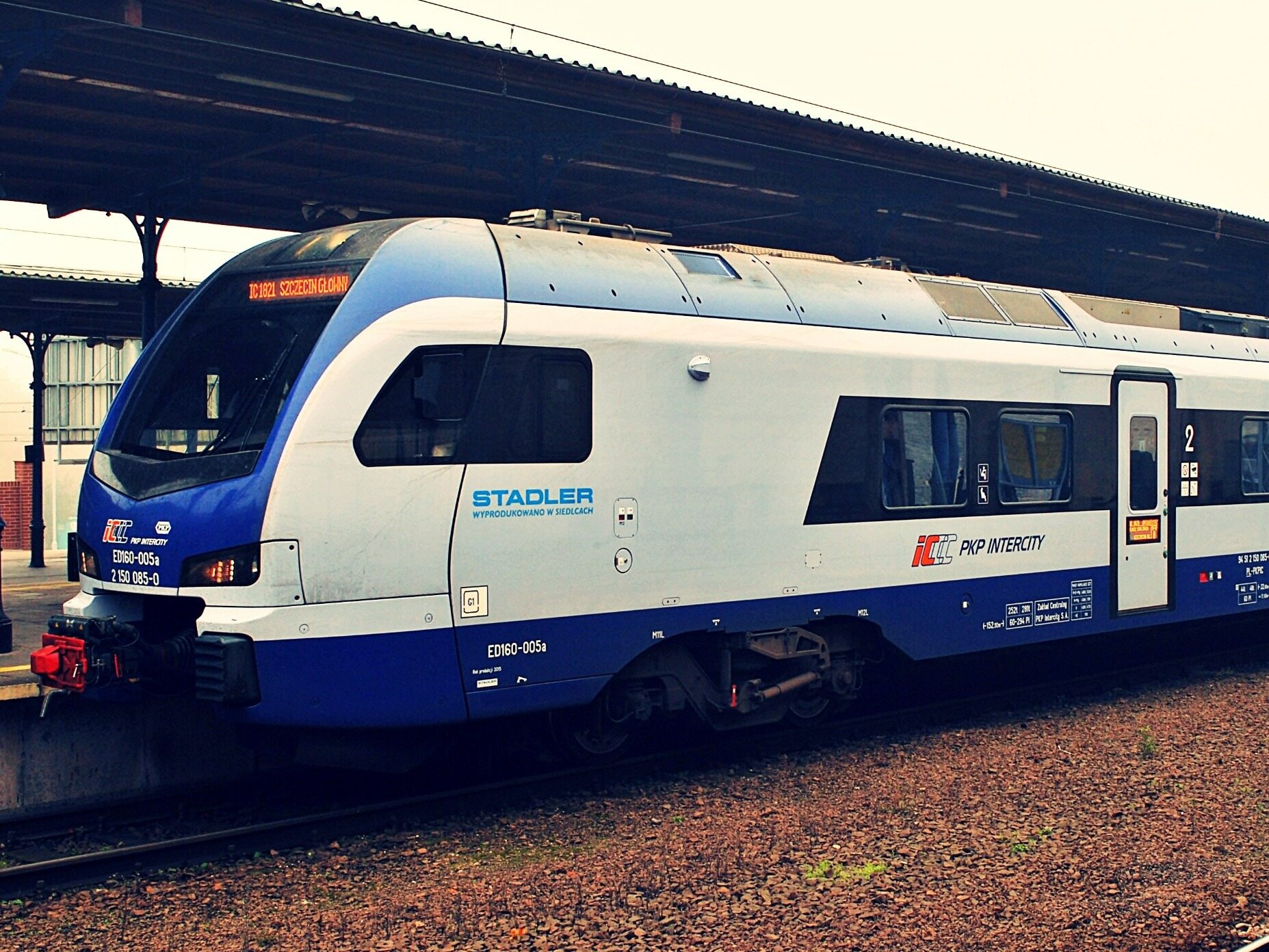Hydrogen locomotives tested in other countries. When will they hit Polish tracks?

Hydrogen drive is the most seriously considered option for achieving zero-emission rail transport. The challenge is to provide ecological rolling stock on lines operated by internal combustion machines. In Poland, this is more than one third of railway routes. Experts predict that it will take several more years before such trains appear in our country.
– We have single examples of the operation of hydrogen trains, for example in Germany, in Lower Saxony, but it is still a kind of test operation, i.e. the trains are running, although it is still visible that this technology is very expensive and until it reaches a certain scale, it is difficult to say about reducing the price of hydrogen vehicles or hydrogen refueling stations – says Dr. Hab. in an interview with the Newseria Innowacje agency. engineer Andrzej Massel, director of the Railway Institute.
Hydrogen locomotives are intended to be primarily an alternative to those powered by fuel, i.e. those operating on non-electrified lines. An example is the contract recently signed by Stadler to deliver six hydrogen-powered trains for the US state of California. The fleet will consist of nine trains in total.
Data from the Office of Rail Transport show that non-electrified lines constitute over 37 percent in Poland.
– There are parts of the network where there is no overhead contact line and one of the solutions that can be considered is the use of hydrogen propulsion. The areas of application of hydrogen in railways are various, one of the possibilities is the use of hydrogen vehicles to operate sidings, i.e. large industrial plants, many shunting trips, in such conditions the refueling station is able to provide power to locomotives moving within the area of a given plant or a given railway junction. – points out the expert.
The desire to abandon the combustion engine results directly from EU regulations, which assume a shift from traditional fuels to sustainable transport. Although hydrogen power is one of the most seriously considered options, it is not without its drawbacks. The price of hydrogen-powered vehicles is the basic one, especially important for passenger and freight transport. This can be up to twice as high as that of combustion engines. Safety concerns are also often raised, especially in situations where there is a risk of hydrogen leakage, e.g. during refueling. When the element comes into contact with oxygen, an explosive reaction occurs.
The next challenge is infrastructure and, finally, hydrogen production. The conversion will only make sense when green hydrogen is produced and when its price is low enough to make it a relatively cheap fuel. A number of challenges that will have to be faced force market participants to also consider other options for ensuring zero-emission transport.
– Under certain conditions, hydrogen vehicles can be replaced by electric vehicles with additional battery banks, enabling the vehicle to travel on non-electrified sections. It all depends on the specific operating conditions of a given railway line. If there is a non-electrified section of several dozen kilometers, a battery vehicle will suffice, and on longer sections – 150-200 km – hydrogen technology seems to be the best here – says Dr. Hab. engineer Andrzej Massel.
According to Allied Market Research, the global market for trains powered by hydrogen cells will reach revenues of USD 2.67 billion in 2025. By 2035, it is expected to be USD 26.41 billion.






